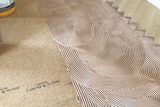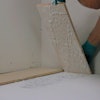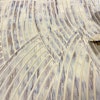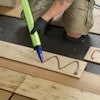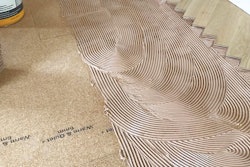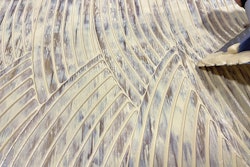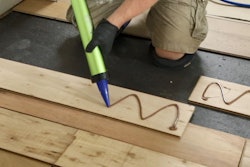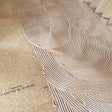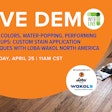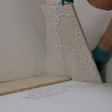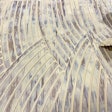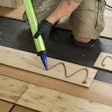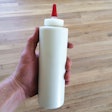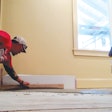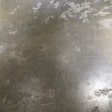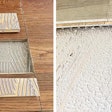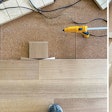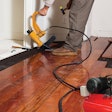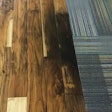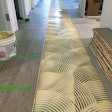
We hear it all the time: How do I know what type of adhesive to use for my installation? What's the right technology? How much is it? What makes one adhesive better than another?
So many questions and so many right answers—which is why it can be hard to know which adhesive to choose.
Before we get into the steps for choosing one, let's be clear on one thing: Just because an installer likes a particular type of adhesive doesn't mean it works for all installations. I've heard it all when people tell me why they used a certain adhesive:
"That's what we always use."
"It was cheap."
"It has a warranty that promises XYZ."
... and the classic:
"I had some left over in the truck."
I would suggest that instead of making a snap decision based on one of the above answers, you take a careful look at all the factors of the job and go from there. This article is short, so we don't have space to go over the extensive details of each adhesive option, but I will walk through one potential job from an installer's point of view, with a little technical geeky adhesive info thrown in. I'll try to be as brief as I can without boring you to tears.
Things to consider when choosing
How do you know what type of adhesive to use? The first answer is that you need to use what the wood flooring manufacturer recommends. If you don't, you'll void any warranty from them.
Beyond that, some factors to consider are:
- The width and thickness of wood flooring to be installed
- The species being installed
- The construction of the product—is it engineered or solid? (And yes, in the right areas, you can glue down solid wood flooring.)
- The subfloor, which plays a major factor in installation
- The environment, which has a lot to do with the performance as well.
So the answer to the question is: Analyze all of the information you have. Take a look at the site, subfloor, environment, and species and construction, and you will come up with what works best for you in your given area.
RELATED: Sticky Questions: Q&As on Essential Adhesive Know-How
An example: Let's go to the beach
Let's use an example. Let's say I am going to put down a 7-by-1⁄2-inch prefinished engineered floor, and let's say, for the sake of discussion, that in this scenario it's going down in a beach house in Pensacola, Fla., and that we don't have a specific adhesive recommendation from the manufacturer.
I have to take many things into consideration, but the primary one is humidity! To add to this first factor, let's say I have a 7-inch engineered plank in a tough species: hickory! Aaaaargh, not hickory! Yes, let's say the homeowner loves the aesthetic of hickory and will settle for nothing less. Well, I know that hickory is a shaker and a mover—it's pretty unstable as a species. It has twisty grain, it's hard as a brick and it has a mind of its own. My saving grace, though, includes a couple of things:
1 – It's a ½-inch engineered board. The fact that it's engineered means more stability, and, assuming our product has a balanced construction, that extra thickness helps, too.
2 – I am installing straight over a slab, and this is a remodel where the HVAC is on and working well.
However, the negatives in our scenario are:
1 – It's in an unbelievably humid climate.
2 – The homeowner wants this done yesterday. But hickory doesn't like yesterday. As a matter of fact, it really doesn't like tomorrow or the next, either. The homeowner really doesn't want to take the time to acclimate this product.
RELATED: Familiarize Yourself with Wood Floor Adhesive Basics
Reviewing my options
What can I do? Well, personally I would try to get the highest shear strength possible due to the fact the product is susceptible to movement from: humidity, a changing climate, the inherent movement of this species and anything else the kitchen sink may throw at this equation. So on this job, I would think about my adhesive options like this:
Polymer/MS Polymer: Shear strength is generally good, but in this case I'm going to go for the highest shear strength I can find. Also, it is a moisture-cured product. Depending on the working time, the moisture-cured portion of the equation could help or hinder. How much time do I need to work? A benefit is that it easily cleans up off the surface of the flooring, which can avoid a lot of hassle.
Water-based adhesives: For these, shear strength is generally lower. I am introducing even more moisture to an already damp climate, and I am working with hickory. So I'm not considering them for this particular job.
Solvent: It can do the same as water-based in this scenario, as in, introducing moisture into an already strained installation could lead to cupping of the ½-inch hickory.
Moisture-cured urethane: For this job, I think this is probably my best choice, because it sticks to everything. It uses moisture to cure, is relatively easy to work with and has some really good shear strengths available—depending upon which adhesive it is. The downside is that I must, must, must clean the prefinished flooring as I go or I am going to etch the finish and have to do board replacements. And I need to check my working time for the adhesive to make sure I have enough time to use it in a very humid climate.
Making your own checklist
So I have my choice for these circumstances—your decision might be different depending on your preference and priorities. Like we talked about earlier, with adhesives, there isn't always one exact answer.
For each job you must weigh all of these factors in a logical way. It is safe to say what worked in Florida will be completely different from what will work in Denver. It would be wise for all installers to make either a mental or written checklist that reads something like this:
- Species: (its dimensional stability/instability is important)
- Construction: engineered or solid
- Flooring specs: thickness (3⁄8, ½, ¾, etc.) and width (2¼, 3, 4, etc.)
- Environment: HVAC present?
- HVAC: operational or not?
- RH: What is it? Is it stable? (I believe you have to acclimate the flooring, regardless if it's engineered or not, although some flooring manufacturers will say otherwise.)
- Subfloor: plywood, OSB, gypcrete, concrete, etc.
This leaves you with a sort of mental equation:
All of these factors added together = Type of adhesive you need for that particular job.
Adhesives are not all the same
Do some research into strengths and suitable climates of different adhesive types. You might find there is a better-suited adhesive for your particular installation. ("Better-suited" doesn't always mean more expensive, by the way.)
Adhesives are very different in both their technology and capabilities. There is real science and chemistry that goes into their development. Take a little time to learn and understand what you are working with. What's different between those products can mean the difference in not only a really good installation but also in longevity and performance. That will make you a hero with your local retailer or homeowner, which leads to more referrals and ultimately a growing business. After all, who is going to refer a failed install or performance?
Stay sticky!











